[This article was originally published on our affiliate site PlanYourMeetings.com.]
I’ve been asked to host webinars on audience interaction and clients have approached me looking for recommendations and even while I was speaking with a candidate for our local city council, the subject of audience-interaction apps came up as soon as he heard about what I do. Recently at an event I was working, the CFO of a major financial institution seemed shocked to see two microphones on stands in the audience for the Q&A portion of his session.
“Don’t we have any of those foam microphones we can throw around?” he bellowed from the stage.
And now, I’m writing an article on the subject.
It seems the industry as a whole has decided to focus on audience interaction and attendee engagement—and that couldn’t make me happier. Because while drones are cool and VR is fun, we’re in the people business, and communication is at the heart of most of our meetings and events. Let’s take some time to dig into the latest and greatest when it comes to getting our audiences engaged in the conversation.
Low-tech: Re-evaluate your space
First, let’s start with some of the low-tech trends. Savvy planners continue to experiment with non-traditional seating. While there are a lot of reasons to do this, when it comes to audience engagement, the main reason is that theater and classroom seating can automatically lock us into a sit-back-and-listen mode of thinking. Even the setups themselves can prohibit interaction and engagement, as it can be difficult to navigate the rows and tables, discouraging a would-be question-asker from getting up and going to a mic stand or slowing down a potential mic runner. There are ways around that, but let’s come back to them in a moment. For now, just think about opening up your floor plan as much as your space allows, making it easier for people to move around.
Why would you want them to move around? Well, because one of the best ways to grab, and keep, an audience’s attention is to get them out of their seats and get the blood pumping again. My friend Adrian Segar has literally written the book on low-tech audience engagement—The Power of Participation is a field guide for getting people moving around, brainstorming and, above all, participating in a meeting or event, with little or no technology involved. It includes advice on room setups, voting techniques and even ways to display complex information such as graphs and charts using zero PowerPoint slides—just the bodies in the room. Any company or organization looking to break the bonds of the same old boring meeting should definitely give it a look.
High Tech Event Engagement
Sometimes, however, you can’t break out of the old seating tropes. Maybe your room simply isn’t big enough to handle much in the way of creative seating, and you have too many attendees to even accommodate them comfortably at rounds. Or the schedule is packed to the point that full-on discussion sessions aren’t an option, but leadership would like to gauge the feelings or mood of the room. Now is a great time to inject a little technology into the mix to allow attendees to weigh in on a question, simply and accurately. There are a number of great apps and services out there, but I’d like to highlight a few that are on a short list for me and my clients.
Sli.do
I’ve had the pleasure of meeting the Sli.do folks a few times, and even used the service as an attendee. I always enjoy doing that, because it gives me a much better idea of how the service will be received by an audience, something no GoToWebinar sales demo can ever do. It was easy to use, and allows not only for polling but also open-ended Q&A. Additionally, questions can be up-voted, so the most popular questions rise to the top. Because it’s web-based, it’s incredibly easy to integrate into existing mobile event apps or to a live stream of your event so that remote audiences can get involved as well.
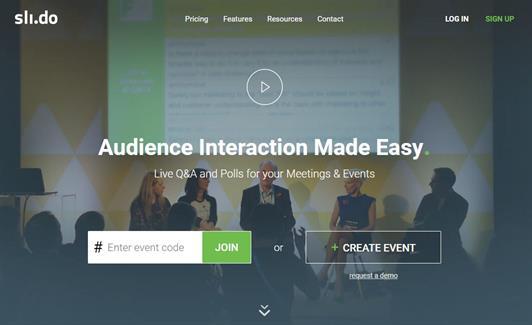
Catchbox
If for some reason you haven’t heard of this yet, I’d like to be the first to welcome you back to Planet Earth. These are exactly the foam microphones the CFO was referring to at the event I described earlier. A Catchbox is a soft foam cube with a wireless microphone inside it. Instead of a participant having to get up and walk to a microphone, you can literally just throw this one to them. It’s fun, it makes people laugh, you can brand it with your logo and it just works. It’s easy to plug into existing AV setups, and the internal gyroscope senses when it’s being thrown and automatically cuts out the audio so you don’t hear the jostling around.
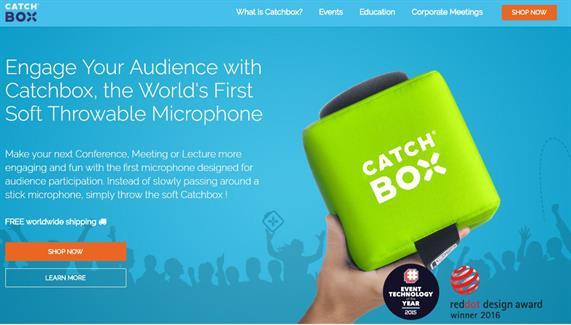
PollEverywhere
PollEverywhere has been around for some time now, but it still warrants inclusion in this listing of the latest and greatest. I’m a fan of their pricing structure, which is based on the number of responses, and they have no problem with moving your pricing plan up or down from month to month. That’s perfect for planners and companies whose attendee counts vary wildly from client to client or event to event. I also feel they’re one of the only companies that effectively implements SMS text messaging as a form of response to polls and open Q&A sessions. This can be huge for an audience that might not be as technologically savvy, but can handle sending a text message.
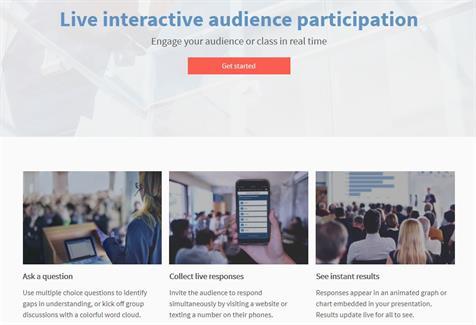
Evenium
Like I said, there are a lot of companies out there providing interaction technology for events. Most of the major app manufacturers are starting to bake basic polling and Q&A technology into their meeting and event apps.
Evenium is a mobile app company with amazing polling and interaction pieces, including real-time slide sharing directly from the presenter’s computer and screen overlays of polling results. Smaller companies such as SocialPoint and Podiobox each have features that can be appealing to certain groups.

SocialPoint
SocialPoint focuses on audience engagement and data capture in trade show booth. (Full disclosure: I’ve done some freelance work assisting SocialPoint with on-site management of their services.)
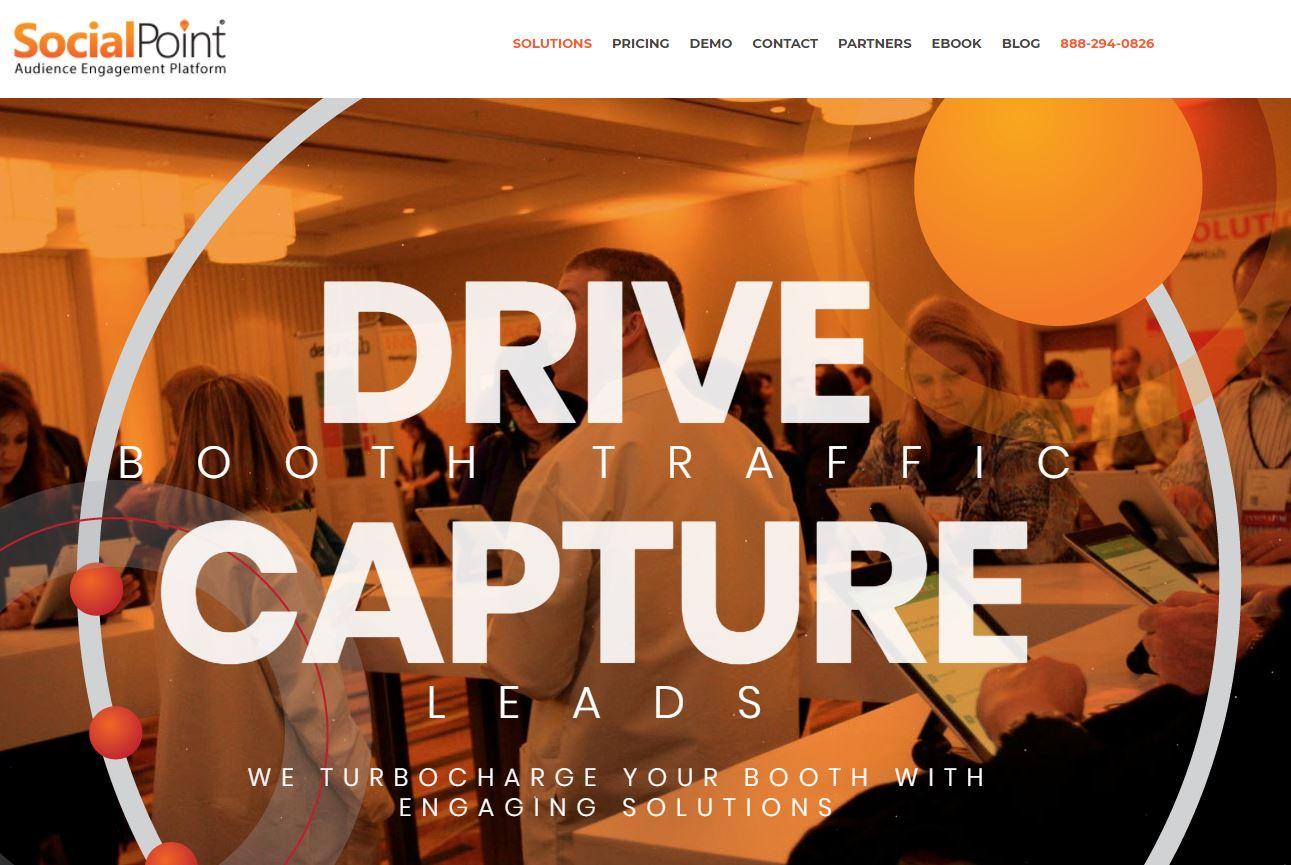
Podiobox
Podiobox is one of the lightest-weight apps I’ve ever seen, making it a great choice for events at which bandwidth might be an issue. So don’t be afraid to look at some of the smaller audience engagement companies out there—they might be just want you’re looking for!
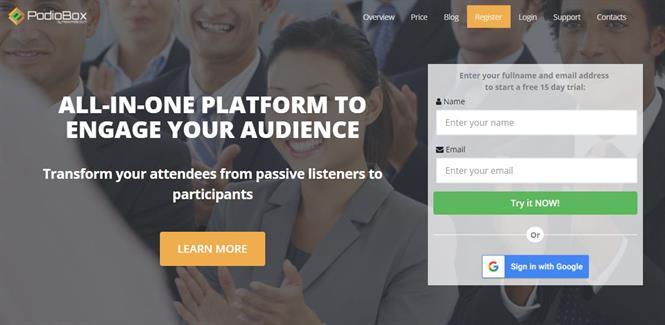
This article was originally published on our affiliate site PlanYourMeetings.com.



